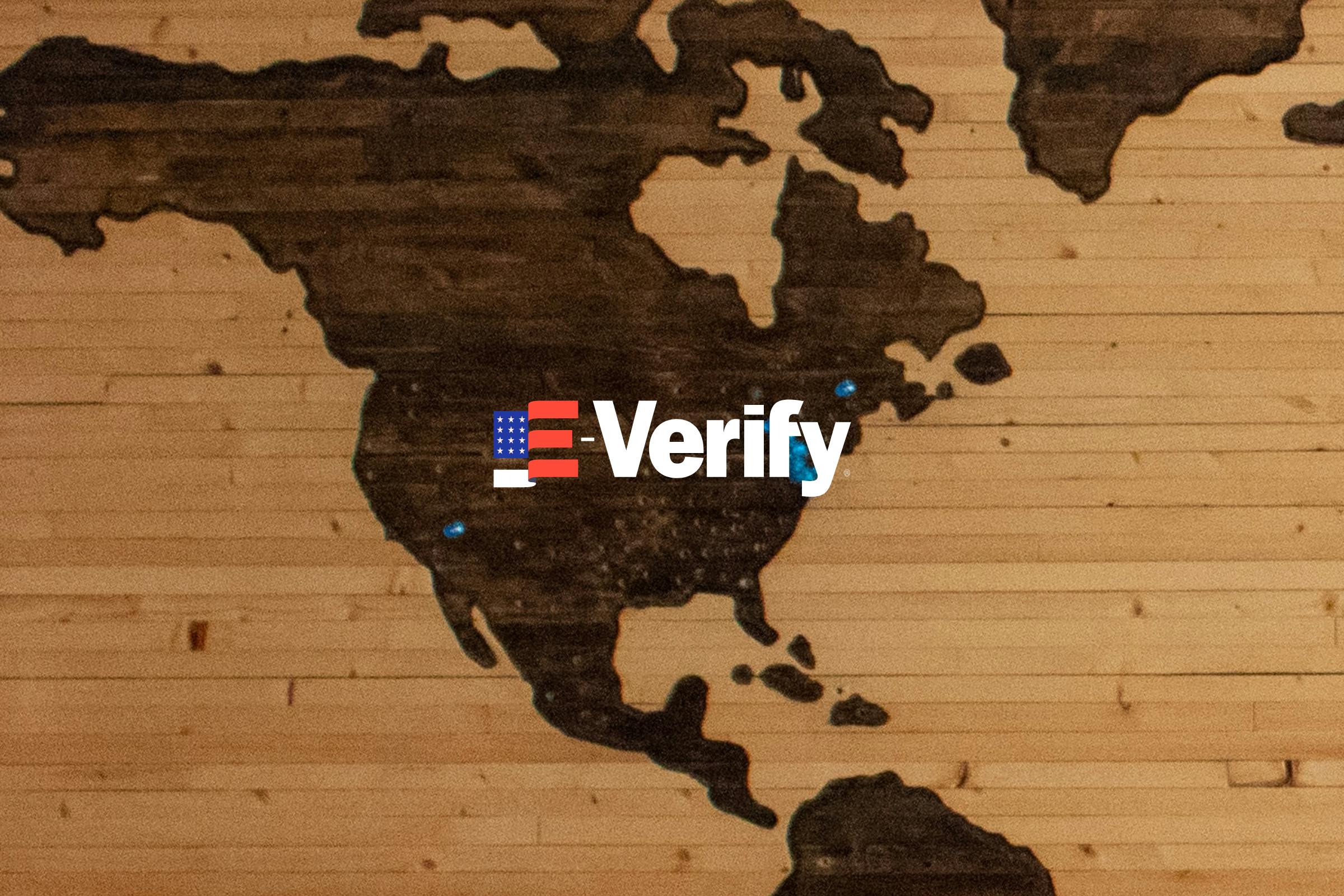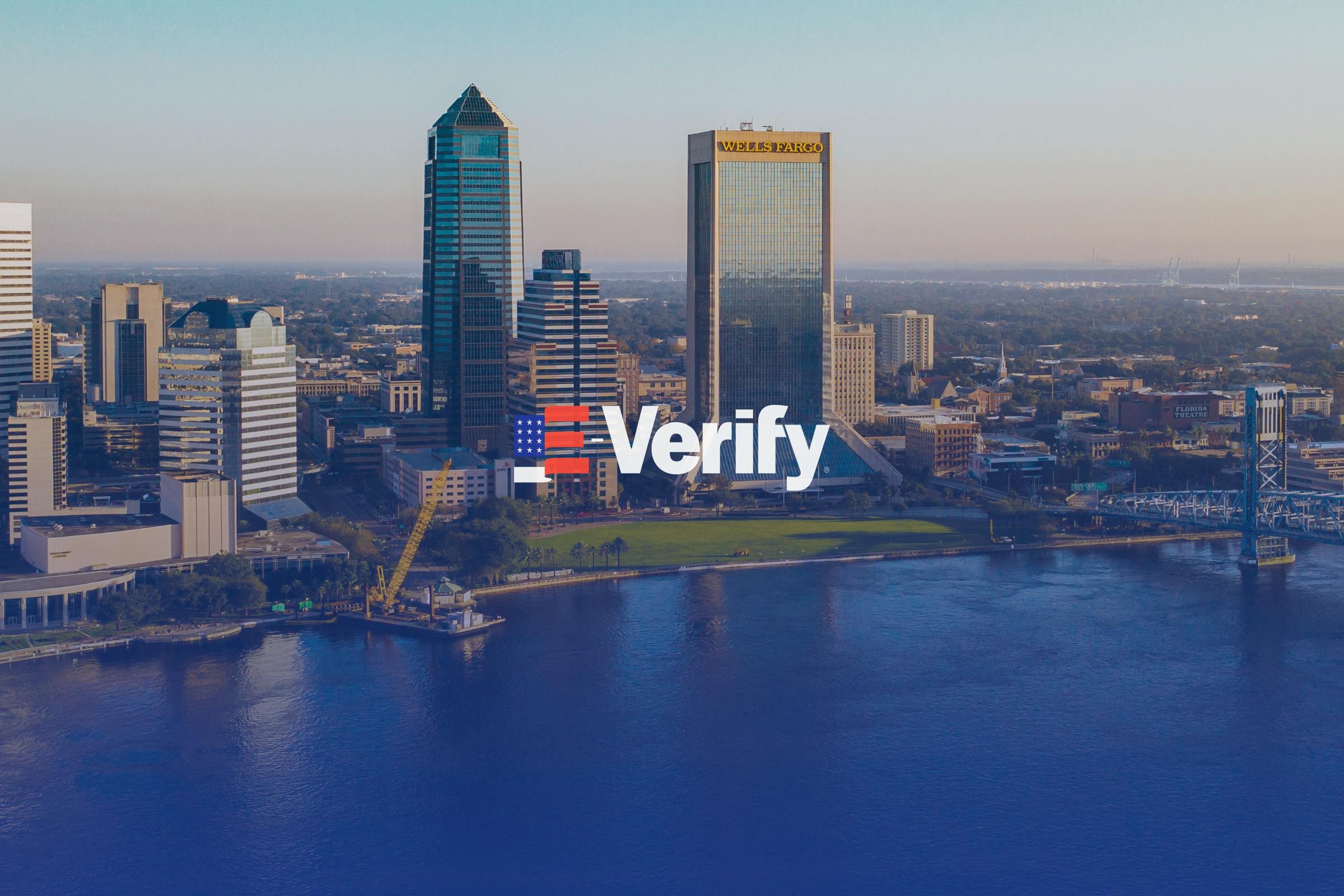The I-912 is the form you will need to fill out in order to request a USCIS fee waiver. This brief guide is dedicated to better understanding the form and some of the technical questions that it asks.
All I-912s need to be sent with the USCIS primary application for which you are requesting a waiver. For example, if you are sending in an N-400 Naturalization application, you would attach the I-912 to the application “package” and send it to the address you are already sending the N-400.
You cannot submit the I-912 by itself, or after you have submitted your immigration application. These attempts will be discarded by the USCIS and create administrative errors in the system. In addition, you cannot file this form online, it must be sent via mail.
There are many forms that are eligible for a fee waiver, and also many forms that aren’t. For a complete list on all of the forms you can attach the I-912 to, please the following link, and scroll down to “Special Instructions” where the USCIS lists all of the applicable forms: https://www.uscis.gov/i-912.
Completing the I-912
In Part 1, the applicant needs to select the reason they are applying for a USCIS filing fee waiver. There are three options available: for those receiving a means-tested benefit, for those whose household income is at or below 150 percent of the HHS Federal Poverty Guideline, or for those experiencing a financial hardship. The Federal Poverty Guidelines are available at the following link: https://aspe.hhs.gov/2021-poverty-guidelines. Simply scroll down to the Household Size and see the corresponding threshold annual income amount.
Note: A means tested benefit must be one of the following: Medicaid, Supplemental Security Income, Temporary Assistance for Needy Families and the State Child Health Insurance Program.
In Part 2, the waiver applicant should fill out some basic information about themselves such as their name, DOB, marital status, A-number, social security number (if applicable), and USCIS online account number (if applicable).
In Part 3, applicants need to fill in the forms that are being filed, either by themselves or on their behalf if it is a petition. For example, if your spouse if filling out an I-130, you would not put your name into the box, since you are not the petitioner. Make sure you get this section correct to avoid an RFE.
Part 4 is applicable to those who checked the “Means-tested benefits” box in Part 1. If you are an applicant and receiving one of the above mentioned benefits, clearly state the type of benefit you are receiving, the name of the agency awarding the benefit, the date the benefit was awarded, as well as the benefits expiration date.
Part 5 is applicable to those who checked the household income box in Part 1. The USCIS will use the information you provided in this section to calculate, based on your household size, whether or not you fall within the parameters of an individual who is truly living at or below 150 percent of the HHS federal poverty guidelines. Make sure you have your tax information ready, your annual income, as well as the incomes of people directly in your household. If you need assistance with this section, you should reach out to your employer and ask them for paystubs or annual reports, or an accountant.
Part 6 is applicable to those who have experienced a financial hardship (or more than one). Typically a financial hardship is having to medical bills from an unexpected medical condition that puts one into severely limited financial circumstances, or losing ones job unexpectedly, or having to pay off a loan or other expense with limited funds available. In any case, the applicant needs to clearly explain in writing the nature of their financial hardship in this section, and also list the total dollar value of their assets minus their liabilities.
In Part 7, the applicant needs to sign the form, attesting that all of the information they provided was correct. There are also spaces that need to be signed by family members, attesting that the financial information provided by them on this form is correct.
In Part 8, individual family members who have provided financial information on this form need to provide their contact information—phone number/email address.
In Parts 9 and 10, applicants need to have their translator and/or attorney sign their names and provide contact information if they were used in the completion of this waiver form.














